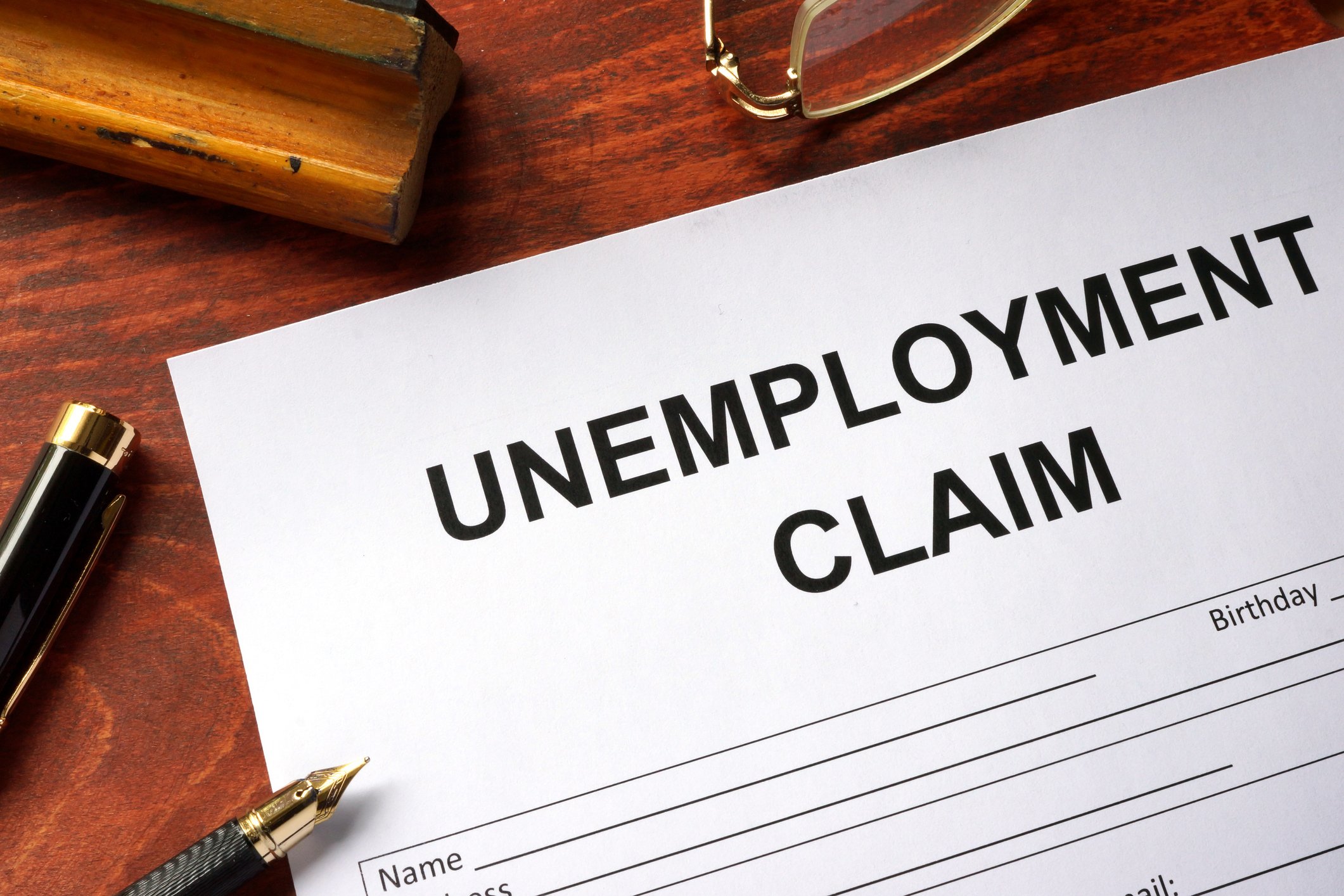Credit generally comes in one of two types: fixed-rate and variable-rate. Choosing the right type of interest calculation for your credit products can save you a bundle, especially on large loans such as a mortgage.
How fixed-rate loans work
With a fixed-rate loan, you'll be offered a certain interest rate at the time you apply for the loan. If you accept, your loan payments will be calculated using an amortization schedule so that you pay exactly the same amount every month, and each payment will be applied partly to principal (the amount you borrowed) and partly to interest.
For most fixed-rate amortization schedules, the initial payments are almost entirely dedicated to interest; the proportion of interest to principal gradually shifts over the life of the loan, until by the end, the payments are almost entirely applied to the principal. This approach works really well for lenders because if you pay off your loan early, you'll already have paid them the maximum possible amount of interest.

Image source: Getty Images.
How variable-rate loans work
With a variable-rate loan, you're typically offered an interest rate based on the prime rate. For example, the offered rate might be "prime + 5%," which means that your interest rate on any given month will be the prime rate plus 5% (the prime rate is the interest rate at which banks are willing to extend credit to their very best customers). Because the prime rate changes regularly, so will the interest you pay. For example, if the prime rate is 4% this month, then your interest rate for the month would be 9%. The prime rate might rise to 4.5% the following month, in which case you'd pay 9.5% in interest.
Most variable-rate loans will be amortized so that payments are a blend of interest and principal, just like fixed-rate loans. However, some loans have a more exotic amortization approach. For example, "balloon" mortgages will allow you to make interest-only payments for a certain period of time, then require you to pay the entire balance due on the loan. These mortgages were designed for house flippers who expected to sell the house long before the interest-only period ended, but if things go wrong you could be stuck with an enormous mortgage bill. Many homeowners with these mortgages who got caught in the housing bubble were unable to get out of the mortgages in time and ended up in foreclosure.
Pros and cons
The biggest advantage of fixed rate loans is that you always know exactly what your house payment will be. These loans are especially attractive during periods when interest rates are unusually low. By getting a fixed-rate loan, you can lock in that low interest rate for the entire life of the loan, even if interest rates shoot up immediately after you sign the documents. However, if interest rates later drop, you'll miss out on the lower rates (for some types of loans, refinancing can be an option -- but the associated fees may more than wipe out any gain from the lower rate).
If interest rates are high, a variable rate loan can be more attractive. When rates later drop, you won't be locked into a relatively high rate and can take advantage of the now-lower rates. However, if you guess wrong and interest rates go up instead of down, your variable-rate loan can become very expensive. Thus, variable-rate loans have excellent potential benefits but are also riskier than fixed-rate loans. Many variable-rate loans include a cap – a limit to how high the rate will be permitted to climb above the initial rate. Such a cap can reduce your risk somewhat, although the limit may still be a lot higher than you're comfortable paying.
Some loans are available in a sort of hybrid form. For example, adjustable-rate mortgages generally have an initial period during which the rate is fixed; this period can be anywhere from one month to 10 years. After that period ends, the rate changes to an agreed-upon variable rate. As with the balloon loans, many homeowners choose adjustable-rate mortgages assuming that they will sell the house before the fixed-rate period ends. But if your plans change, you might end up stuck with a monthly payment you can't afford.
Choosing a loan
When deciding between a fixed-rate and variable-rate loan, you should consider how the rates between the two different types of loans compare; whether current interest rates are below average, average, or above average; and how comfortable you are assuming some risk on the loan. The answers to these questions will tell you which type of loan is best for you.





